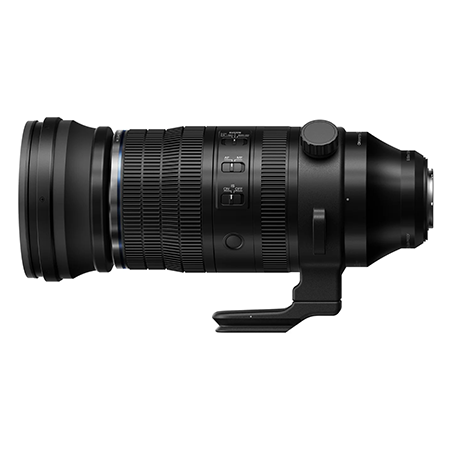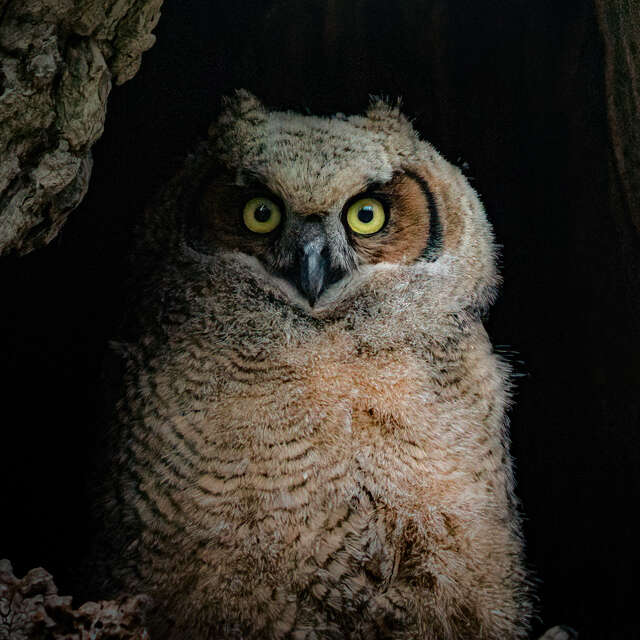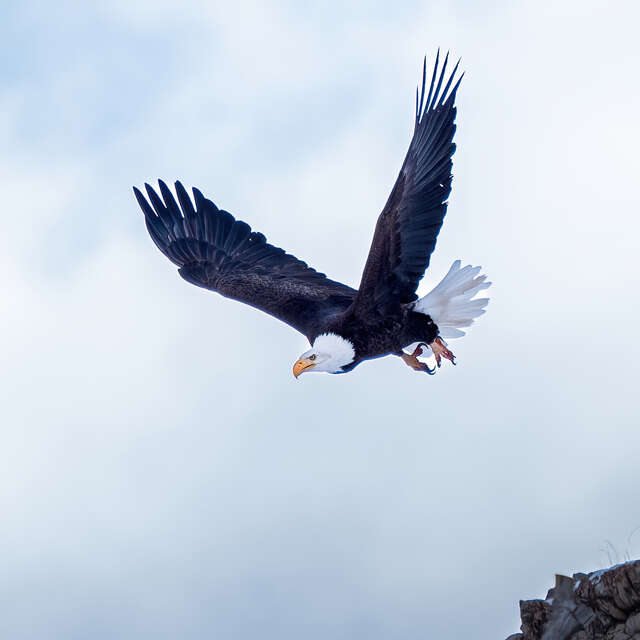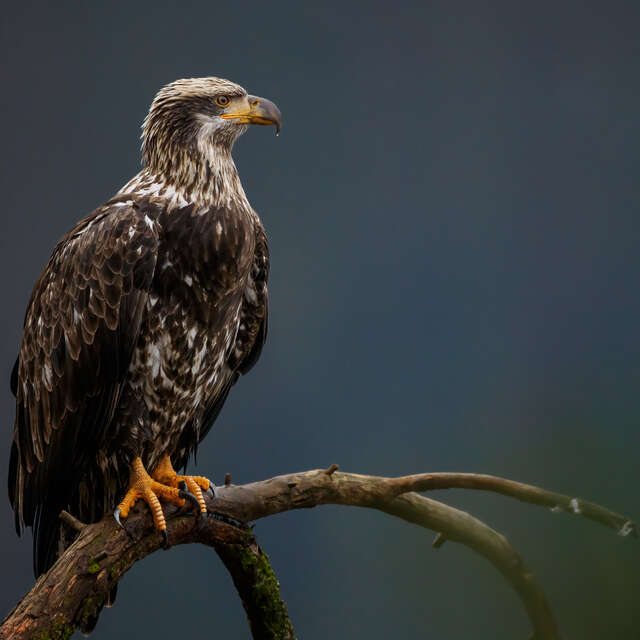Whether you are new to photography or a seasoned pro you have probably heard the rule of double the focal length for stable images while free hand holding a camera to take photos. With a short focal length such as a 50mm, 1/100 isnt too much to ask. Once you get to the higher focal lengths such as 600mm you can see why that would start to have limitations. Bird photography often relies on extreme reach in less than ideal conditions.
The advancement of IS (image stabilization) in camera and lenses that rule is meant to be broken. I had the opportunity to photograph some stunning birds in Ecuador using the OM SYSTEM OM-1 Mark II paired with the M. Zuiko ED 150-600mm f/5-6.3 lens. Both have IS built in with OM-1 Mark II having 8.5 EV stops of compensation. That’s 8.5 stops less on shutter speed for a blur free image compared to without. So now you are probably asking how do we take advantage of these for better bird photographs. Here are some tips I found extremely useful and not often talked about.
Don’t be afraid to use a low shutter speed: This may sound scary. We have all taken photos where you think you nailed a shot but instead your photo comes out super soft or blurry. IS is not perfect but knowing that you can stop down on the shutter speed will help you compensate and use lower ISOs. Lowering the ISO will help with a sharper image, less grain and more detail. Lower shutter speeds will help with ISO but if you want to freeze motion such as flight shots this is not the answer. Using a low shutter speed is for the times you need more light.
While a beautiful shot of bird in flight with the wings frozen from tip to tip is an image we are all after, in less than ideal situations you have to work with what you have. Bird photography is always a give and take, working with the environment, which can never be changed.
Know your acceptable ISO: While in Ecuador most of the subjects are often in forests or with lots of shade. In these situations, you often have to raise the ISO but this is where lower shutter speeds help. Assess the situation and see what an acceptable ISO is for your photographs. Whatever your max is start there. Now lower the shutter speed to the amount you need for the right exposure. The goal is not to be above your max acceptable ISO. If I know I am going to have to crop my max ISO will be much lower than a photo where I know my cropping will be minimal. Of course these are all preference and situational dependent.
Take advantage of the fast frames per second: Now that you know your max ISO and lowered your shutter speed for the right exposure you can take your photos. What if that shutter speed is really low? This is where the frames per second give that little extra help. Don’t just take one photo at a time. Slow controlled bursts are your friend. The OM-1 Mark II has 10 fps (120 fps E. Shutter) which is plenty to get some nice bursts. Using bursts will often help you get more of a chance at a crisp image. If you take a 2 second burst of 20 images of a humming bird at a feeder, you may only have a few that are sharp at say 1/200 but it’s a greater chance you catch it when its paused than with single shots. Of course the wings will not be frozen but when its late afternoon and the light is almost gone it’s the only way to get a shot without really high ISO. Remember blurring effect on the wings can show motion so always work with what the situation will give you.
Take “safety shots”: What if a bird is perched? You have time to set settings and find the ideal exposure. Can it get any better? Don’t settle, if you are given the opportunity use it. I had a small window through trees to capture a crimson-rumped toucanet. Luckily it was perched but it was a struggle to get enough light. At the full 600mm of the M. Zuiko ED 150-600mm f/5-6.3 I was able to get close enough but my ISO was high. I took a burst, looked and saw I had some images I liked. Then since I had time to adjust I bumped my ISO down a few stops, then my shutter speed to compensate. I then took some shots again until I had a shot I was happy with. Rinse and repeat. A safety shot is getting the shot first and then trying to get more favorable settings or even position. Perhaps the settings are great but you want to be a bit closer to your subject. Same principle, take a shot you like, and get a little closer, repeat. With the toucanet I was able to get below my maximum ISO which took shooting at 1/320 all 600mm and handheld.
Thanks to the advancements in technology such as IS and light weight, the OM-1 Mark II paired it with the M. Zuiko ED 150-600mm f/5-6.3 lens no longer limits you to tripods and high shutter speeds. Hopefully these tips will help open some new opportunities for those times you are faced with challenging conditions and help you improve your overall quality of photography.









